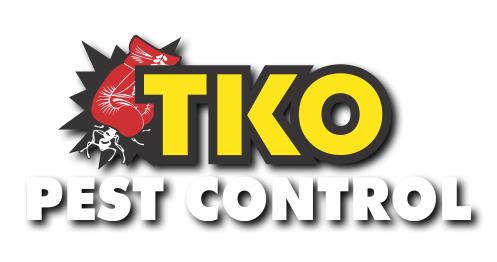Termites
No property is safe from Termites! Termites are the cause of the greatest economic losses of timber in service in Australia.
Independent data compiled by State Forests shows that 1 in every 5 homes is attacked by Termites at some stage in its life. Australia’s subterranean Termite species (white ants) are the most destructive Timber pests in the world. In fact it can take “as little as 3 months for a Termite colony to severely damage almost all the timber in a home.”
How Termites Attack your Home
The most destructive species live in large underground nests containing several million Timber destroying insects. The problem arises when a nest matures near your home. Your home provides natural shelter and a food source for the Termites. The gallery system of a single colony may exploit food sources over as much as one hectare, with individual galleries extending up to 50 metres to enter your home, where there is a smorgasbord of timber to feast upon. They even build mud tubes to gain access to above ground timbers. In rare cases Termites may create their nest in the cavity wall of the property without making ground contact. In these cases it may be impossible to determine their presence until extensive Timber damage occurs.
Termite Damage
Once in contact with the Timber they excavate it often leaving only a thin veneer on the outside. If left undiscovered the economic species can cause many thousands of dollars damage and cost two to five thousand dollars ( or more ) to treat.
Subterranean Termite Ecology
These Termites are social insects usually living in underground nests. Nests may be in trees or in rare instances they may be in above ground areas within the property. They tunnel underground to enter the building and then remain hidden within the Timber making it very difficult to locate them. Where Timbers are concealed, as in most modern homes, it makes it even more difficult to locate their presence. Especially if gardens have been built up around the home and Termite barriers are either not in place or poorly maintained. Termites form nests in all sorts of locations and they are usually not visible. There may be more than one nest on a property. The diet of Termites in the natural environment is the various hardwood and softwood species growing throughout Australia. These same Timbers are used in buildings. Worker Termites move out from their underground nest into surrounding area where they obtain food and return to nurture the other Termites within the nest. Termites are extremely sensitive to temperature, humidity and light and hence cannot move over ground like most insects. They travel in mud encrusted tunnels to the source of food. Detection of Termites is usually by locating these mud tunnels rising from the ground into the affected structure. This takes an expert eye.
Termite barriers protect a building by forcing Termites to show themselves. Termites can build mud tunnels around Termite barriers to reach the Timber above. The presence of Termite tracks or leads does not necessarily mean that Termites have entered the Timber though. A clear view of walls and piers and easy access to the sub-floor space means that detection should be fairly easy. However many styles of construction do not lend themselves to ready detection of Termites. The design of some properties is such that they make the detection by a pest inspector difficult, if not impossible.
The tapping and probing of walls and internal Timbers is an adjunct or additional means of detection of Termites but is not as reliable as locating tracks. The use of a moisture meter is a useful aid for determining the presence of Termites concealed behind thin wall panels, but it only detects high levels of activity. Older damage that has dried out will not be recorded. It may also provide false readings. Termite tracks may be present in the roof space, however some roofs of a low pitch and with the presence of sisalation, insulation, air conditioning ductwork and hot water services may prevent a full inspection of the Timbers in these areas. Therefore since foolproof and absolute certain detection is not possible the use of protective barriers and regular inspections is a necessary step in protecting Timbers from Termite attack.
Book Online or contact us today
